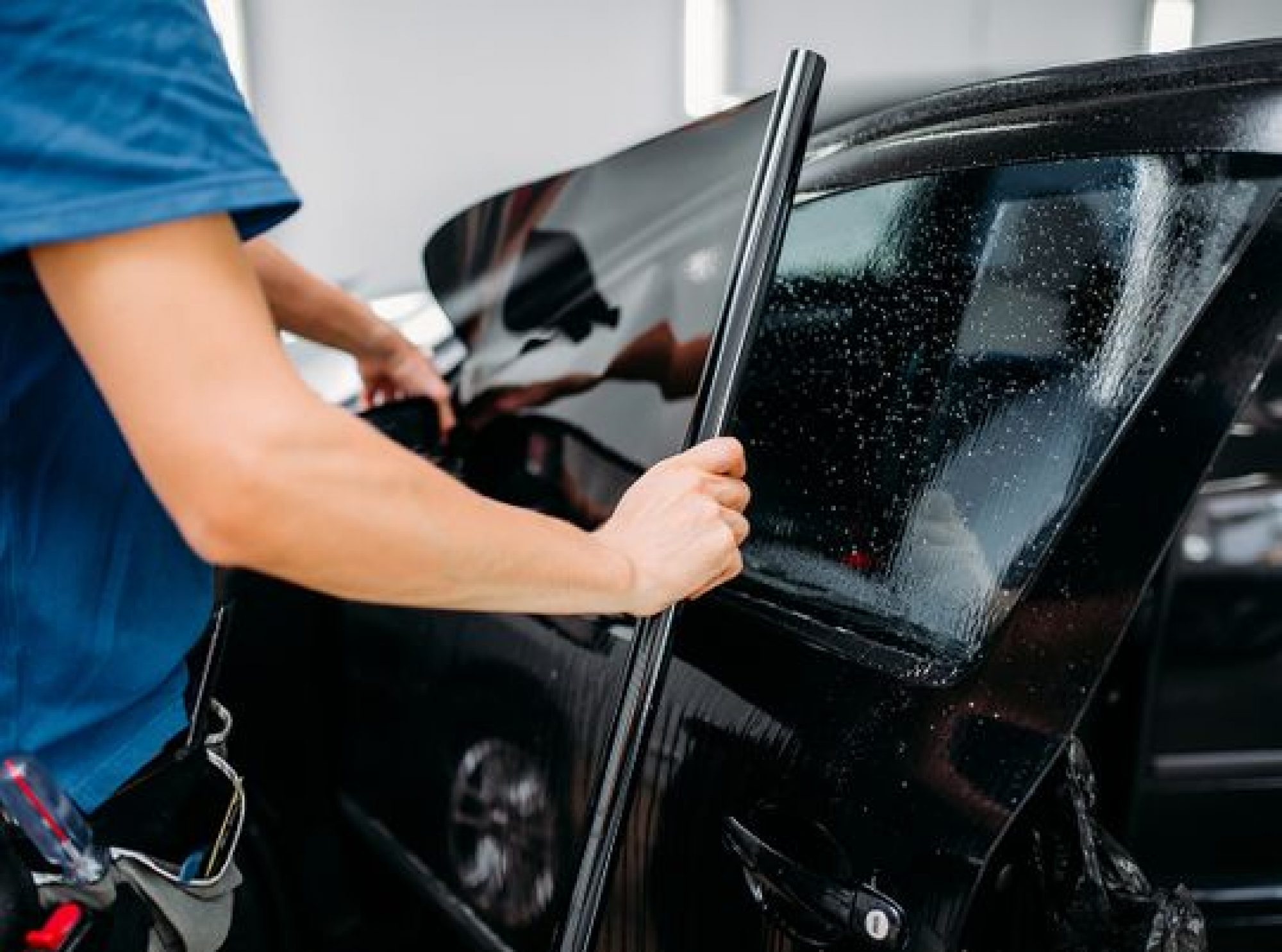Window Tinting for Homes: Improve Energy Efficiency and Privacy with Style
Window Tinting for Homes: Improve Energy Efficiency and Privacy with Style
Blog Article
Home Window Tinting Laws: What You Need to Know Prior To Tinting Your Car
Comprehending window tinting laws is necessary for any type of vehicle owner considering tinting their cars and truck. Rules differ considerably from one state to another, establishing details restrictions for Visible Light Transmission (VLT) percentages, particularly for front-side home windows and windscreens. Failure to abide by these legislations can result in penalties, the need to get rid of the color, and problems with insurance. As you consider boosting your lorry's appearance and performance, it is important to realize not only the lawful implications yet additionally the sensible considerations that come with picking the right color. What variables should you prioritize in your decision-making process?
Significance of Recognizing Tint Regulations
Recognizing home window tinting regulations is important for automobile owners to make certain compliance with state policies. These laws dictate the permissible degrees of color darkness and reflectivity, which can substantially vary from one jurisdiction to one more. Failing to stick to these policies can cause fines, mandatory elimination of the tint, and potential complications throughout lorry evaluations.
Moreover, comprehending these laws assists automobile proprietors make educated choices about their tinting alternatives. Different sorts of window movies provide numerous advantages, such as UV protection, heat rejection, and glare decrease. However, without understanding of the legal restrictions, automobile proprietors take the chance of selecting products that might inevitably bring about legal concerns.
In addition, awareness of tinting laws cultivates a more secure driving atmosphere. window tinting. Excessively dark tints can impair exposure, increasing the risk of accidents, especially during the night or in unfavorable climate condition. Police additionally use these laws to make sure road safety, making conformity not just an individual obligation but a legal commitment
State-Specific Tint Rules
Each state in the united state has actually developed its own certain guidelines concerning window tinting, showing a diverse variety of needs and criteria. These laws can differ dramatically, impacting just how automobile proprietors approach installment and conformity. For circumstances, some states permit darker colors on back windows while enforcing strict limitations on front-side home windows.
Additionally, guidelines commonly specify allowable tint materials and colors. Specific states forbid reflective tints entirely, while others might enable them to a minimal degree. In addition, some territories mandate that lorries with tinted windows show a sticker suggesting conformity with state laws, offering a clear recognition for police.
Enforcement of these legislations additionally varies; some states are much more aggressive, performing random checks, while others count on issues or noticeable violations to start enforcement. Vehicle owners should be aware that failure to conform with state-specific tint regulations can cause penalties, required removal of prohibited tints, or both.

Legal Color Percentages
Identifying the lawful color percents is critical for lorry owners looking for to comply with state regulations. Each state has particular legislations governing exactly how much light needs to go through the windows of a vehicle, which is shared as a portion understood as Noticeable Light Transmission (VLT) This percent varies significantly throughout states and can depend on the sort of home window-- front side, back side, and windscreen.
As an example, some states enable as low as 20% VLT on front side windows, while others might allow as much as 50%. Windshield tinting is frequently extra limited, with many jurisdictions allowing just a narrow band of tint at the top of the windscreen. On the other hand, rear home windows commonly have much more lax guidelines, with some states permitting darker tints.
It is essential for automobile owners to familiarize themselves with their regional regulations to prevent prospective lawful concerns. This includes understanding exactly how VLT is gauged, as it can differ based upon the sort of home window film used. Staying educated about these guidelines makes certain conformity and advertises secure driving problems for both the car owner and others on the road.
Consequences of Non-Compliance
Falling short to stick to window tinting legislations can lead to significant effects for vehicle proprietors. Police officers trained to identify illegal color degrees may issue penalties, which can vary by territory but usually range from modest to considerable amounts.

Insurance business might likewise enforce fines for non-compliance, as prohibited alterations can be considered as a violation of policy terms. This could affect coverage prices or cause complications in cases if an event occurs.
Ultimately, the effects of non-compliance prolong beyond prompt punitive damages; they can affect a motorist's insurance coverage rates, legal standing, and general vehicle value, highlighting the importance of adhering to regional window tinting regulations.
Tips for Finding Tinting Options
Comprehending the implications of non-compliance highlights the importance of making notified options when choosing home window tinting options. Familiarize yourself with your state's certain regulations click for source pertaining to tint darkness and reflectivity. Each state has distinct policies that dictate the allowable limits, so ensure you remain within these guidelines to prevent charges.
Second of all, think about the kind of tint material. Choices include dyed, metalized, and ceramic colors, each offering differing levels of warm denial, UV protection, and toughness. Ceramic colors offer superior warm resistance without interfering with electronic tools, making them a prominent choice.
Additionally, assess your main objective for tinting. If you seek boosted personal privacy, go with darker colors; however, bear in mind that this may impact presence during the night. Conversely, if glow decrease and UV defense are your main problems, lighter colors may be adequate.
Finally, speak with a specialist installer who is educated concerning neighborhood laws and can recommend top quality materials suited to your requirements (window Source tinting). Taking these factors right into account will certainly ensure you make a well-informed choice, inevitably improving both your automobile's appearances and performance
Final Thought
In conclusion, knowledge with home window tinting laws is vital prior to using color to a vehicle. Each state imposes particular laws regarding noticeable light transmission portions, especially for front-side home windows and windscreens. Non-compliance can result in significant fines, including penalties and necessary elimination of non-conforming tint. By recognizing lawful demands and picking suitable tint products, vehicle proprietors can achieve visual improvement while remaining certified with pertinent regulations. Adherence to these standards ensures both safety and security and fulfillment.
Understanding window tinting laws is vital for any lorry owner thinking about tinting their auto.Recognizing window tinting laws is vital for automobile proprietors to make certain conformity with state laws. Some states enable darker colors on rear home windows while enforcing strict restrictions on front-side you can try these out windows.
In comparison, back windows generally have a lot more lax guidelines, with some states allowing darker colors. (window tinting)
In final thought, familiarity with home window tinting laws is important prior to using color to a vehicle.
Report this page